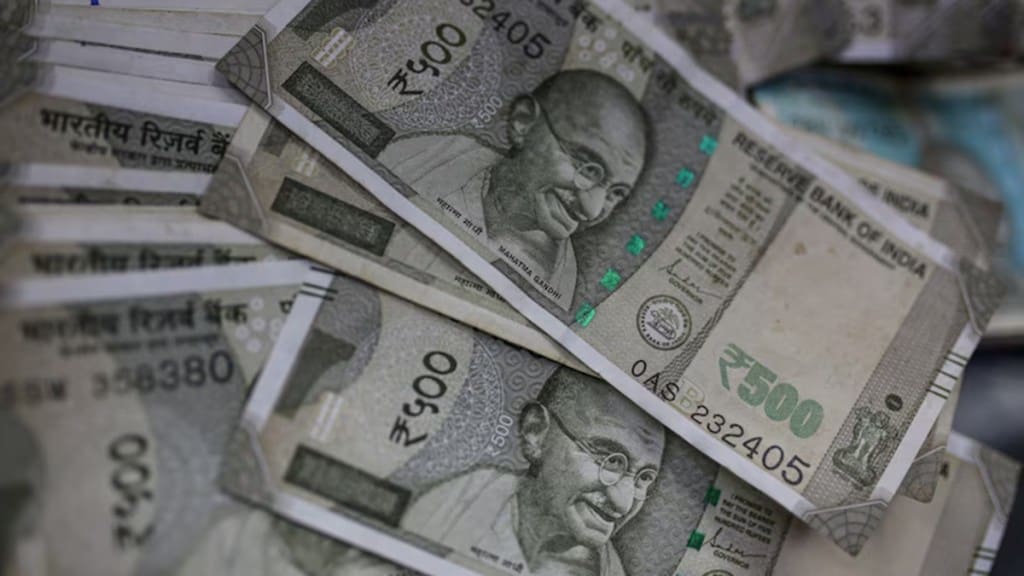With India closing in on the Budget presentation date, Finance Minister Nirmala Sitharaman has a tough job of maintaining a balance between growth and fiscal discipline. The Budget will be presented on February 1 against the backdrop of weak domestic demand, currency depreciation risks and threats of higher tariffs under Trump 2.0. Per Nomura, the government is expected to announce targeted growth-supportive policies while continuing on the path of fiscal consolidation. “Both are likely. We expect fiscal consolidation (4.8 per cent of GDP in FY25, 4.4 per cent in FY26), as well as more targeted measures to support growth,” the report said.
For FY25, Nomura said, the government is on track to achieve a deficit target of 4.8 per cent of GDP, better than the budget estimate of 4.9 per cent of GDP, aided by a sharp underspend in capex. For FY26, the brokerage firm said, the target is expected to be set at 4.4 per cent of GDP, in line with the medium-term commitment.
In terms of key policy focus areas, Nomura said, “We expect the government to 1) tweak the personal income tax slabs to boost consumption; 2) boost public capex growth by ~12.5 per cent YoY in FY26; 3) announce a concessional corporate tax rate for firms that use India as a manufacturing hub, and lower custom duties on intermediate inputs; 4) increase agricultural investment; and 5) impose higher gold import duties, increase the FDI limit on insurance and encourage capital inflows to support the rupee.”
Overall, Budget 2025 is expected to adopt a balanced approach to boosting growth while retaining fiscal prudence, which, per Nomura, will help keep India’s fiscal risk premia low and provide greater leeway to the RBI to begin lowering its policy rate at the February MPC.
The economic backdrop
Before listing out the key expectations, here is a look at the economic backdrop. First, India’s growth has moderated by more than expected, with weak urban consumption and still-tepid private investment. This, per Nomura, argues for counter-cyclical fiscal support. Further, the ongoing currency weakness requires keeping India’s fiscal risk premia low and balancing the two will be crucial.
Second, with a weak currency, Budget 2025 is an opportunity to announce measures to curb the current account deficit and boost capital inflows.
Third, higher tariffs under Trump 2.0 are an opportunity for India to carve out a larger share of the ongoing supply-chain shifts.
Another point of contention is the fiscal undershoot in FY25. With an interim Budget announced before the general elections, followed by a final Budget in July when the fiscal deficit target was set at 4.9 per cent of GDP, this late start has resulted in a departmental struggle to meet spending targets, especially on capex.
However, Nomura maintained that the government is on track to easily achieve a deficit target of 4.8 per cent of GDP in FY25, better than the budget estimate of 4.9 per cent of GDP.
Is a fiscal deficit target of 4.4 per cent of GDP feasible in FY26? Nomura said, “In our view, yes. The government is likely to pencil in a recovery in corporate tax collection growth from the dismal levels this year, and for the current momentum of income tax collections to sustain. On the indirect tax side, we expect the government’s assumption for GST and custom duty collection growth will be roughly similar to FY25.”
Key expectations for Budget
Here are Nomura’s key expectations from Budget 2025:
Fiscal consolidation: The government is expected to pencil in a fiscal deficit target of 4.4 per cent of GDP in FY26, down from 4.8 per cent in FY25, reflecting a balanced approach to boosting growth while retaining fiscal prudence.
Higher nominal GDP growth: The FM is expected to consider a nominal GDP growth assumption of 10.3 per cent in FY26, up from 9.7 per cent in FY25 (advance estimate), pencilling in a modest growth recovery.
Income tax boost: The government is expected to tweak the personal income tax slabs and focus on increasing disposable income for the middle class.
Marginally higher public capex: With private capex still weak, Nomura expects the public capex budget to increase by approximately 12.5 per cent YoY in FY26. This would lift capex to 3 per cent of GDP in FY26. Additionally, the government could relax the conditions attached to loans given to states, to enable them to spend more, the brokerage firm said.
• Make in India: To boost domestic manufacturing and attract global value chains to India, the finance minister is expected to announce a concessional corporate tax scheme for firms that use India as a hub for manufacturing, lower custom duties on intermediate inputs and higher import duties on products to counter China dumping.
• Agriculture supply chains: With the importance of raising investment in cold storage and agriculture infrastructure being highlighted to shield farmers from excessive food price fluctuations, the Budget allocation for agricultural investment should rise, Nomura said.
• Managing the rupee: The budget could raise the customs duty on gold imports, which was lowered in July 2024, since rising gold imports are weighing on the current account. “Additionally, to encourage foreign capital inflows, it could increase the FDI limit in the insurance sector to 100 per cent from the current 74 per cent. Allowing public sector companies to tap more overseas funding could also be announced,” it said.
• Medium-term fiscal rules: Nomura also is looking forward to more clarity on the medium-term fiscal rules. Last year’s budget speech had stated that, from FY27 onwards, the “endeavor will be to keep the fiscal deficit each year such that the central government debt will be on a declining path as a percentage of GDP”.

